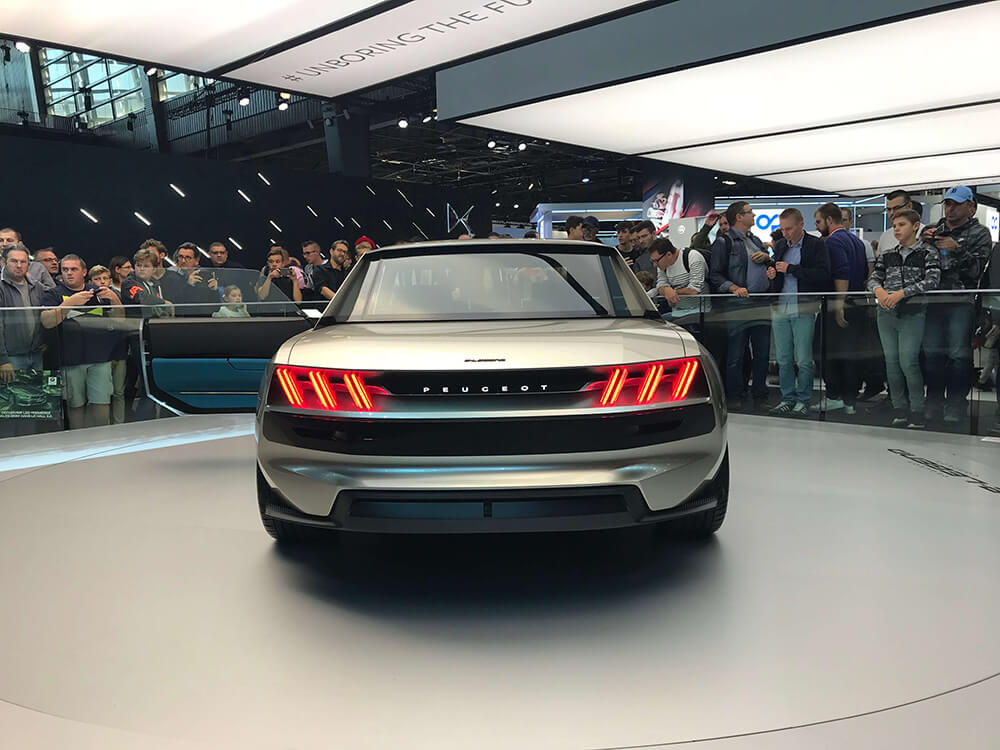The team at Peugeot certainly know how to keep us waiting, if the Paris Motor Show 2018 was anything to go by.
Turning heads at the show back in October 2018, the Peugeot E-Legend concept showed itself to be a legend car by name, and by nature.
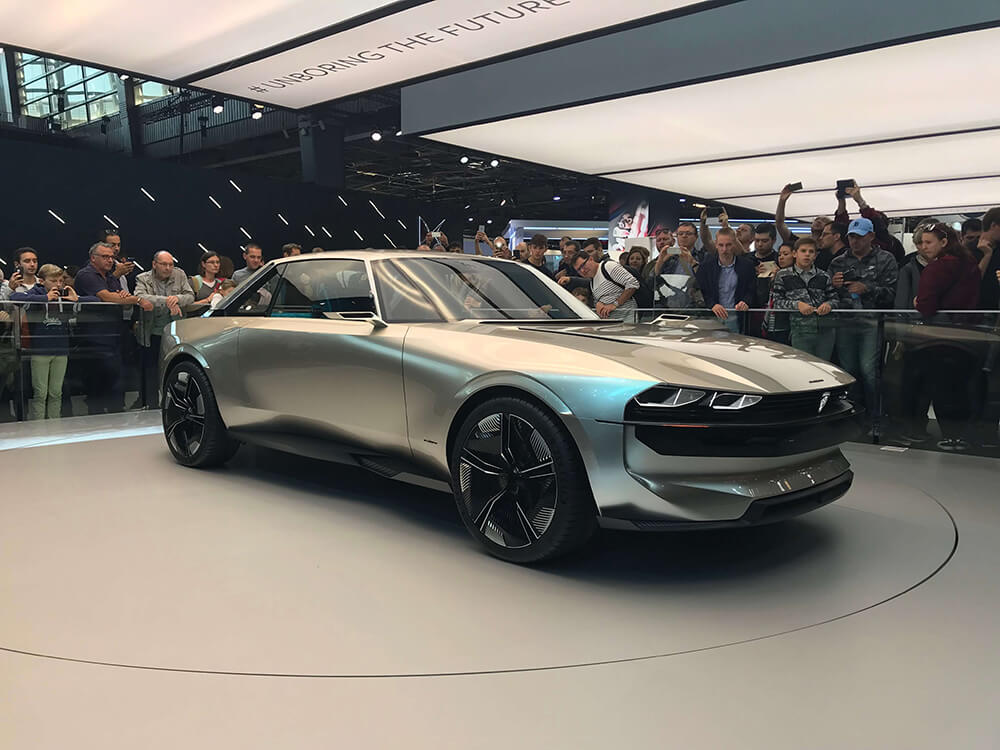
The fully autonomous vehicle takes the retro Peugeot 504 coupe design and brings it right into the 21st Century. The bad news? It probably won’t be on sale until 2020.
The reason for the delay is, unlike the 504 days of yore, the team want Peugeot to be fully compliant with modern environmental legislation. As if autonomous driving wasn’t enough to make it totally modern, Peugeot’s CEO said: “We won’t pay one Euro, Pound, Dollar or RMB as we will be compliant.” In order to meet these demands, they will have to meet the European Union’s emissions target of 95g/km from 2020.
Aesthetically speaking, the E-Legend is a nod to a 1970s design, specifically, the Peugeot Pininfarina, though the team are keen to stress that the retro element lies in cosmetics alone. Indeed, with a fully electric drivetrain, its environmental consciousness will be anything but retro.
Though this may be a concept car, Peugeot aren’t exactly a million miles away from delivering on this promise. This is evident in the previous Peugeot electric car portfolio: the plug-in hybrid 508, the DS7 and C5 Aircross all ticked the boxes for hybrid vehicles, while the all-electric DS 3 Crossback provided a luxury SUV for those who wanted to reduce their running costs and carbon footprint.
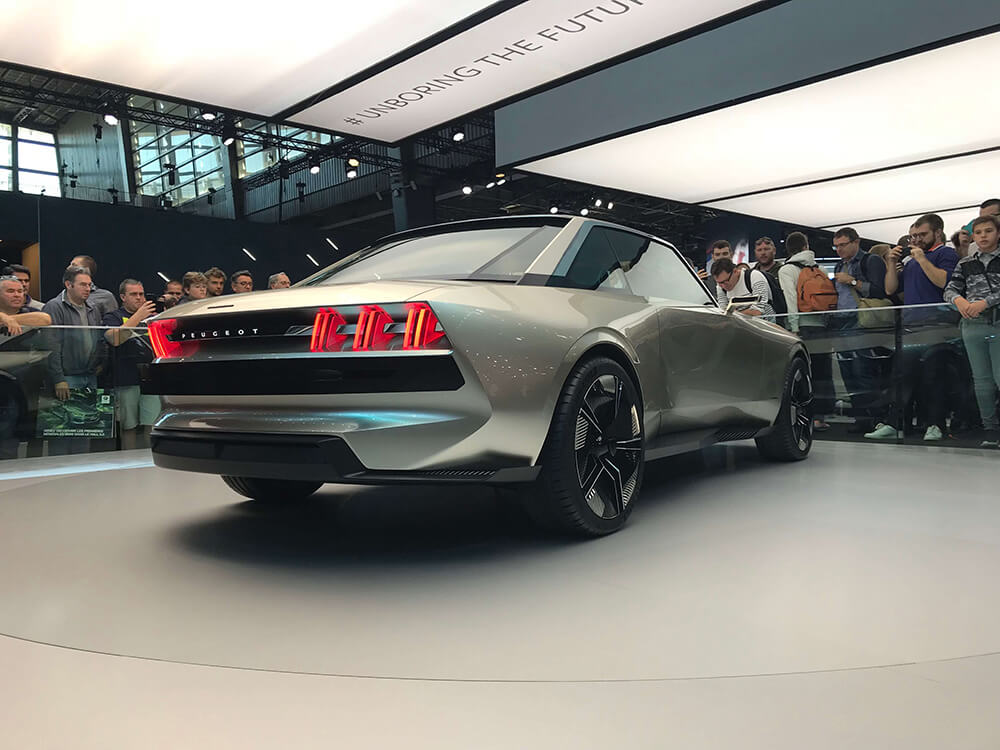
It’s doubtful that its appearance will be the main selling feature for the E-Legend, however. The basis for the design lies simply in the fact that the Pininfarina celebrated its 50th anniversary this year, rather than the particular frame having any cultural significance.
Instead, we should expect some impressive specs from the E-Legend. It’s set to offer 450BHP and 590 lb ft of torque (which we would have to see to believe, as this is a concept car after all), plus a 0 to 62MPH time of just 4.2 seconds. So far, very impressive.
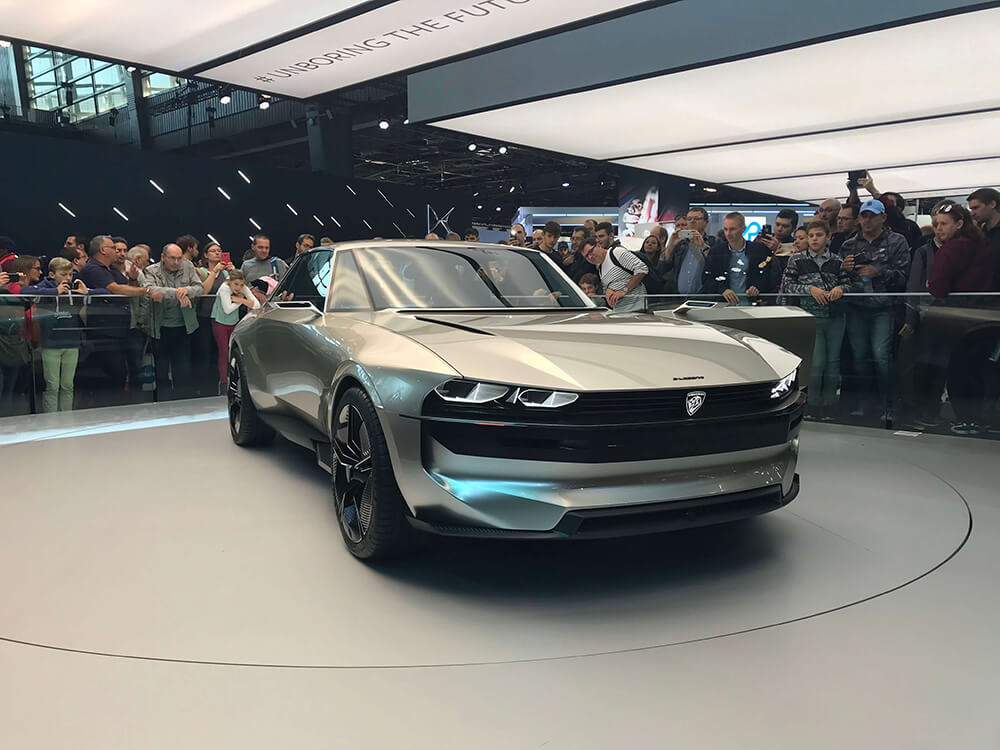
In essence, this promises to be an EV sports car, the most powerful car in Peugeot’s catalogue. Engineers claim that a full battery charge will cover 370 miles. If that wasn’t enough to have you scrapping your gas-guzzler, they also say that just 25 minutes on a “fast” charge will provide 300 miles of driving distance.
Picky drivers will be pleased to hear that four driving modes are technically on offer. We have the “Legend” cruising mode together with the “Boost” mode, which we’ll assume is all the more sporty.
Meanwhile, the two autonomous driving modes available are the “Soft” mode, which encourages a distraction-free environment, while “Sharp” is quite the opposite.
Scrolling through your Instagram is very much encouraged here.
So, we can infer that screens will take up a significant amount of space if the social media availability is anything to go by – 49 inches, in fact. That’s right: the E-Legend will have something of its own cinema screen inside, bolstered by the autonomous driving. It remains to be seen whether or not this will be a distraction if you do actually have the cheek to drive the car yourself.
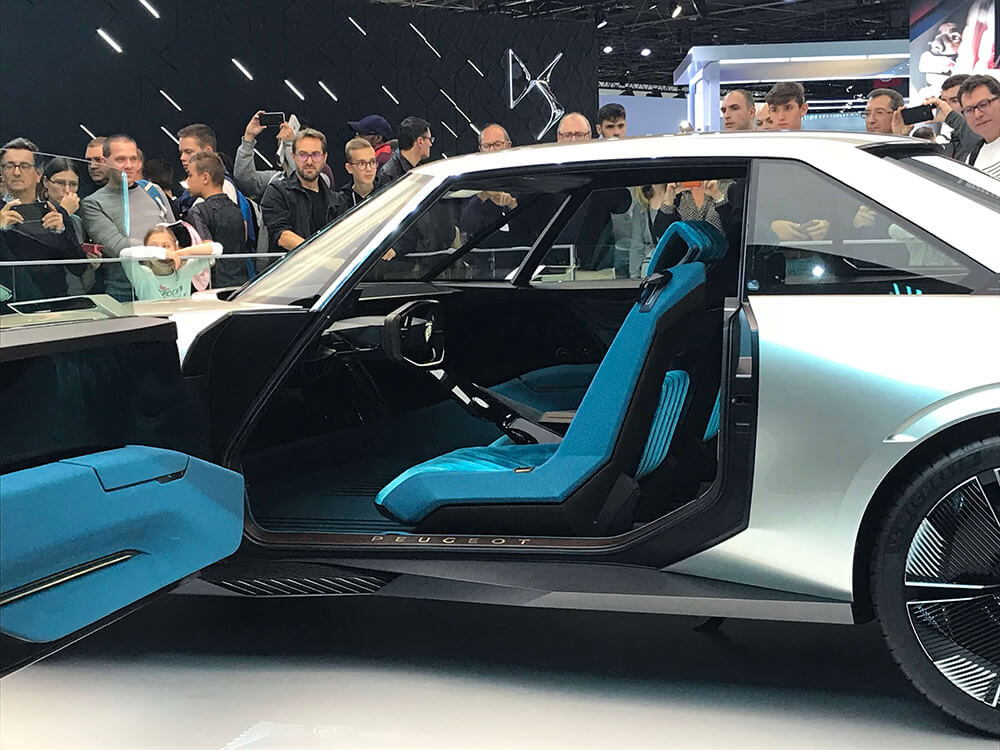
On the upside, this does allow for a better view of the road, which indeed does aid independent driving. We’ve also got decent sized windows, which fit neatly within the dimensions of a car that’s very much a modern coupé.
You can play with the voice-activated command system, use a touchscreen, or heaven forbid, even customise your in-car profile with a rotary dial. It’s refreshing to see a choice – modern tech-lovers will adore the voice activation, while those who mourn the original Pininfarina will probably prefer the tactile approach.
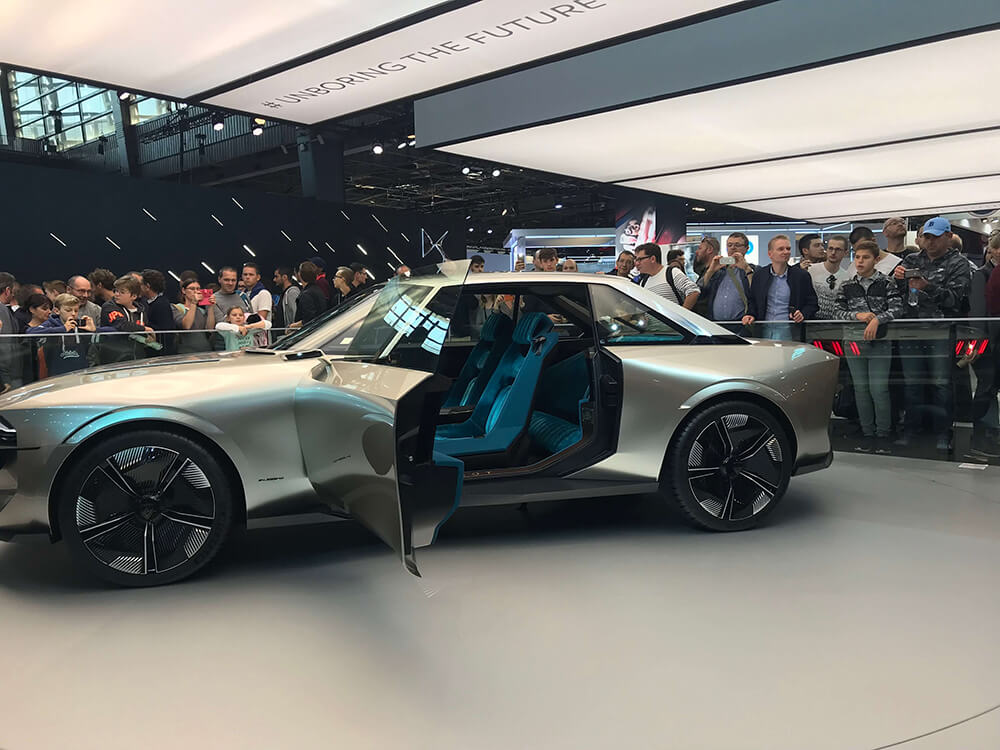
The potential Peugeot E-legend price remains a closely guarded secret until we actually see the vehicle out on the road.
Certainly, Peugeot have made some bold promises in terms of power and the capabilities of an all-electric vehicle, but if they can deliver, then they might just have a bestseller on their hands.
Rumour has it that Peugeot fans have already started a petition to get it into production. That’s a no-brainer then, really.
